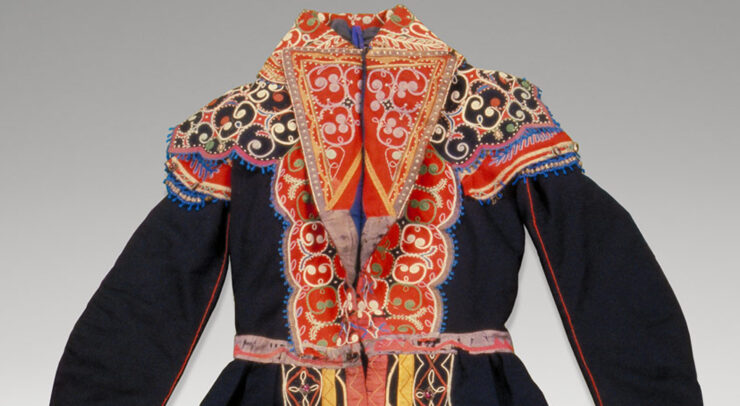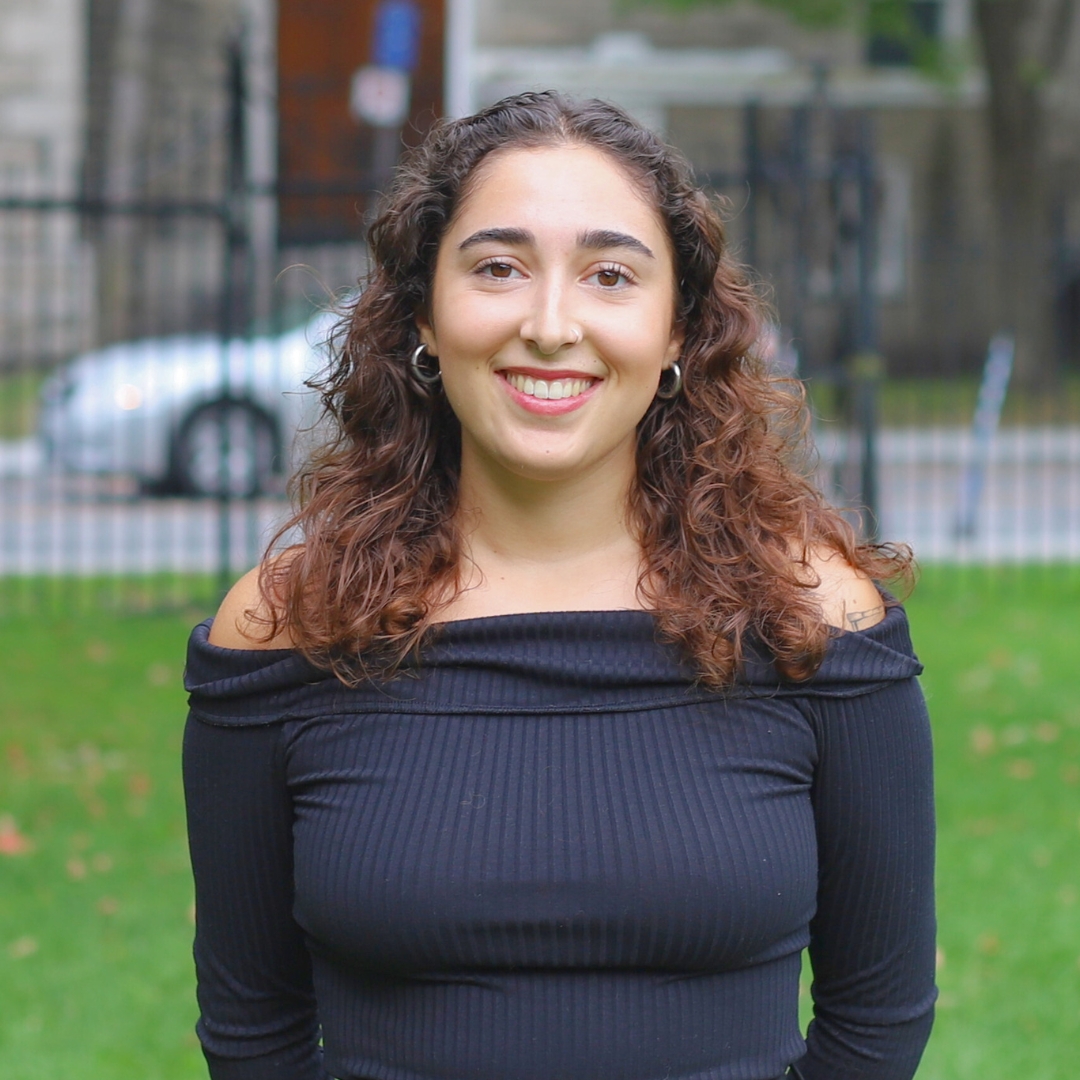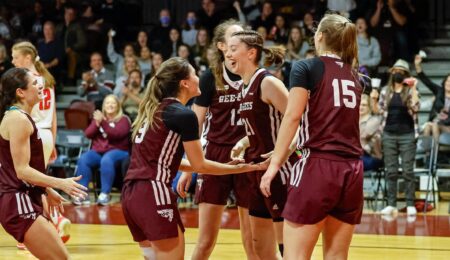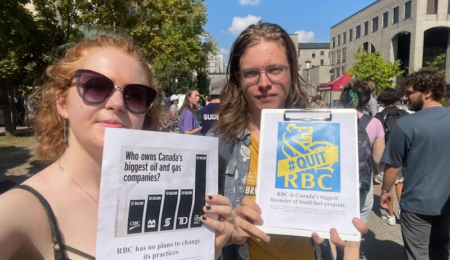Metepenagiag Heritage Park has recreated Captain O’Halloran’s outfit–and this time the Indigenous artists are credited
Reclaiming art is a powerful way to restructure the narrative of an event.
Several Indigenous artists, in partnership with Metepenagiag Heritage Park, have collaborated on the recreation of Captain O’Halloran’s outfit in an attempt to center the work, artistry, and effort of their ancestors.
Captain O’Halloran was studying Mi’kmaq language and culture and brought back to London a book of Mik’maq hieroglyphic prayers and drawings. In recognition of his time spent with the people, the captain was gifted an outfit that was created by three anonymous Mi’kmaq women.
The original outfit is housed at the Canadian Museum of History and was originally gifted to Captain Henry Dunn O’Halloran of the British Army’s 69th Regiment of Foot in the early 1840s.
The replica was created by artists and designers Sgoagani Mye Wecenisqon from Esgenoôpetitj First Nation, Oakley Wysote Gray from Listuguj Mi’gmaq First Nation, and Ingrid Brooks from Indian Island First Nation. They collaborated on the delicate design, paying tribute to the ancestors who paid close attention to the beading and silk work featured on the costume.
These two outfits were reunited in honour of a discussion with the artists at the Canadian Museum of History on Sept. 19. Since the museum is a national institution people joined from all over the country, in person and via the online live stream.
Caroline Dromaguet, President and Chief Executive Officer of the Canadian Museum of History, introduced Elder Claudette Commanda to address the small crowd gathered. Elder Commanda expressed that it was a “blessing and honour to…come together to celebrate the history of the Mi’kmaq people”.
Elder Commanda yields to the stage a group of drummers who play a deeply emotional song in honour of the event. President Dormaguet takes the stage once again to present the panel of artists.
When discussing the importance of this project it is acknowledged that this is a story two centuries in the making and the recreation of the outfit offers the opportunity to center the artistry of Indigenous peoples and not the colonial officer. Overall, this project shifts the narrative to Mi’kmaq culture.
In the panel section of the event, Salina Kemp, the curator of Eastern Ethnology, asks the artists to explain their experiences around studying and reproducing this outfit. The artists largely echoed that the process involved a lot of experimenting and self-teaching.
Evidently, reconnection with history is not perfect, and sometimes messy, but essential for uniting a people.





